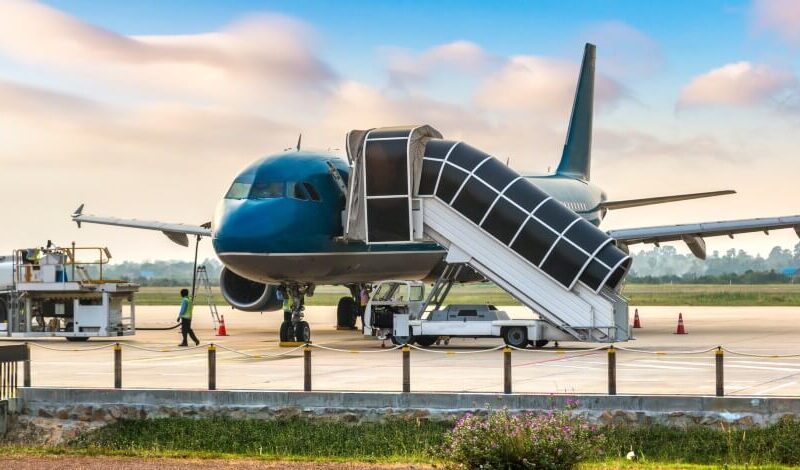The way aviation in Vietnam is bouncing back is remarkable. Almost fully restored internal links, airports full of passengers anticipating local flights. Even with closed borders, the country is accurately navigating out of the crisis.
Asia was the first region to feel the brunt of the COVID-19 pandemic. Therefore, no surprise that IATA predicts the airlines of Asia-Pacific to be the most severely affected by the global situation. However, each country’s case is different. And Vietnam is one of the positive examples.
The fact that air travel in the country almost has not stopped also directly impacts the perspectives of active pilots, as well as contributes to a better perception of pilot training.
While some might doubt over the reasons behind currently taking care of pilot qualifications, the Managing Director of BAA Training Vietnam, Vytautas Jankauskas, believes that now is a perfect time for the Vietnamese to do type rating. And there is one important reason behind.
First Priority Given to the Vietnamese Pilots
It is a well-known fact that pilots in the Asian markets have always been well-paid and valued for their diverse experience. Vietnam was also actively luring foreign pilots. Currently, almost 60-70% of pilots flying for the country’s carriers are expats.
However, the coronavirus situation has brought a few significant changes, and these numbers are expected to become a way lower quickly enough.
“For instance, to minimise expenses and preserve more cash, Vietnamese airline companies have drastically cut pilot salaries (up to 50% cuts, in some cases even more) and introduced another paying method: pay by the hour,” says Jankauskas.
“It means that there is no fixed salary; the pilot is paid only for the hours one flies. Just imagine, if before a crisis an expat captain in Vietnam was able to earn up to $12,000 per month, now the one flying approximately 70 hours per month receives only about $3,000,” he explains.
It is essential to mention that when airlines were forced to freeze their operations partially, just as in other countries, many pilots in Vietnam were offered to take unpaid leave. After the services began again, though, first to get back to duties were not expats, but Vietnamese pilots.
So, you can see that the circumstances for foreign pilots in Vietnam are rapidly changing, thus, opening opportunities for Vietnamese pilots to occupy vacant seats.
Vietnamese Carriers Recruiting the Vietnamese
The tendency of locals more actively choosing pilot training has also been noticed by the aviation training centres in the country. BAA Training Vietnam is an attractive spot for type rating students from various neighbouring countries.
The company comes as a choice for pilots from Thailand, Korea or Malaysia. This way, before the borders of Vietnam had been closed, the training centre usually had foreigners in the groups. Now, in turn, BAA Training Vietnam is delivering training to exclusively local students.
“The interest in type rating training among the Vietnamese is clear. It is also driven by the carriers which are changing their strategies and turning towards the local candidates with recruitment opportunities,” shares his thoughts Jankauskas.
“For example, Bamboo Airways had two admissions for pilots with type rating for line training. They accepted ten Vietnamese cadets. Thanks to the fact that the airline has enough capabilities to train new pilots, it will save a lot of expenses on new flight crew members,” continues the Managing Director of BAA Training Vietnam.
It is a well-known fact that a trainee who comes to the airline to finish last stages of training costs less than a ready First Officer with already some experience.
“For this reason, I consider now to be a very suitable time for Vietnamese with no flying experience to do type rating and look for employment opportunities. This year both Vietjet and Bamboo Airways plan to recruit as many cadets as possible,” concludes Jankauskas.

